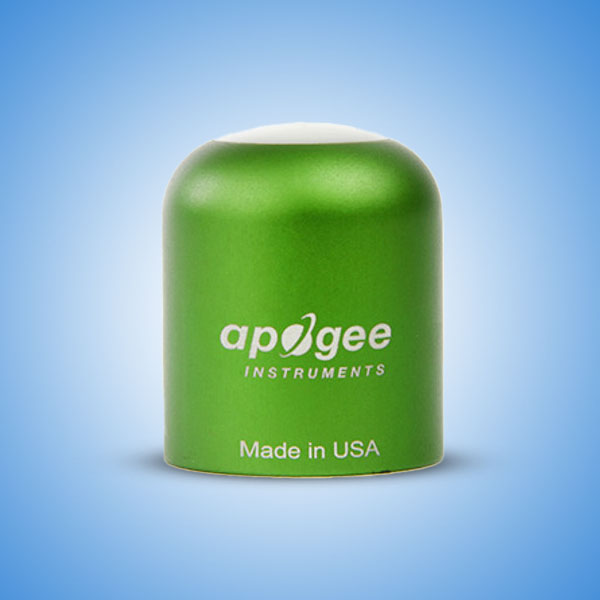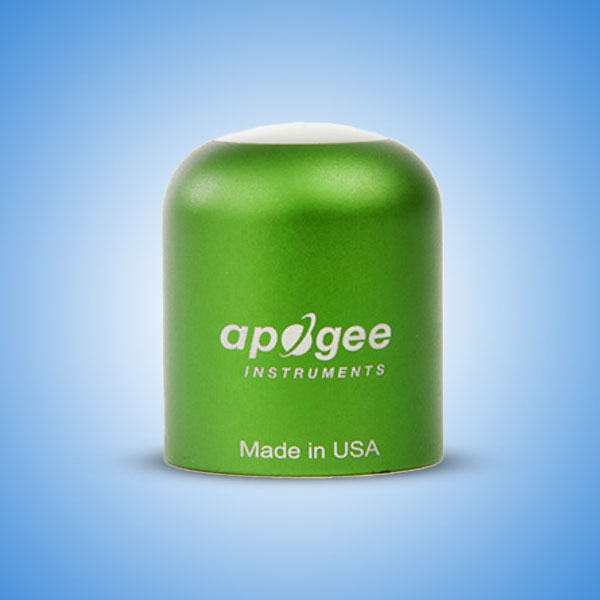Lux Sensor
A Lux Sensor is a device designed to measure the intensity of visible light in a given environment. The term "lux" refers to the unit of illuminance, which indicates how much luminous flux is spread over a specific area. Lux Sensors play a crucial role in various industries including lighting control, building automation, agriculture, photography, and electronics. By using a Lux Sensor, users can monitor light levels in real-time and make smart decisions to optimize energy use, improve visibility, and support healthy environments.

Frequently Asked Questions
A Lux Sensor detects and measures the brightness of ambient light. It typically converts light energy into an electrical signal that corresponds to the light intensity, measured in lux (lx). These sensors can be standalone devices or embedded into other systems such as smartphones, lighting controls, or smart building solutions.
Lux Sensors are highly sensitive to visible light, and many models are designed to match the response of the human eye. This makes them ideal for environments where human comfort and visibility are essential, such as offices, homes, schools, and hospitals.
A Lux Sensor uses a photodiode or phototransistor that reacts to incoming light. As light strikes the sensor, it generates a small electrical current. This signal is then processed and converted into a lux value by internal circuitry or a connected microcontroller.
Advanced Lux Sensors often include filters that mimic human vision, compensating for color sensitivity and light direction. Some also have features such as automatic calibration, adjustable sensitivity, and digital output.
1. Smart Lighting Systems
In offices, homes, and public buildings, Lux Sensors are used to adjust artificial lighting based on natural light levels. This saves energy and maintains consistent lighting conditions.
2. Consumer Electronics
Smartphones, tablets, and laptops use Lux Sensors to adjust screen brightness automatically for better readability and battery efficiency.
3. Greenhouse and Indoor Farming
Lux Sensors help maintain optimal lighting for plant growth by measuring and adjusting artificial light in real-time.
4. Photography and Filmmaking
Light meters based on Lux Sensors assist photographers and filmmakers in achieving the right exposure and contrast.
5. Museums and Galleries
Lux Sensors ensure that delicate artworks and artifacts are not exposed to harmful levels of light.
6. Street and Outdoor Lighting
Smart city systems use Lux Sensors to control street lights, turning them on or off depending on ambient light levels.
1. Energy Efficiency
By adjusting lighting according to natural light, Lux Sensors help reduce power consumption and lower electricity bills.
2. Improved Comfort and Productivity
Maintaining the right light level enhances comfort in workplaces and homes, reducing eye strain and improving focus.
3. Automation and Smart Control
Lux Sensors can trigger lighting, shading, or HVAC systems based on light intensity, supporting fully automated environments.
4. Environmental Protection
In agriculture and conservation, Lux Sensors help monitor ecosystems without causing disruption.
5. Compact and Easy to Install
Most Lux Sensors are small and lightweight, making them easy to integrate into new or existing systems.
When selecting a Lux Sensor, consider these key factors:
- Measurement Range: Choose a sensor that covers the lux levels needed for your application—from dim rooms to direct sunlight.
- Accuracy and Sensitivity: High-quality sensors offer precise readings, even under varying light conditions.
- Analog vs. Digital Output: Analog sensors provide voltage or current signals, while digital Lux Sensors offer easy integration with microcontrollers.
- Environmental Conditions: If using the sensor outdoors or in greenhouses, ensure it is weatherproof and durable.
- Power Consumption: For battery-operated systems, look for low-power or energy-efficient models.
Installing a Lux Sensor typically involves mounting it in a location that represents the average lighting of the area. Avoid placing it near direct light sources or shadows for best accuracy. Calibration may be necessary during setup, especially in professional lighting applications.
Maintenance is minimal. Most Lux Sensors only need occasional cleaning to remove dust or dirt from the sensing area. Always refer to the manufacturer’s guidelines for calibration and long-term care.










